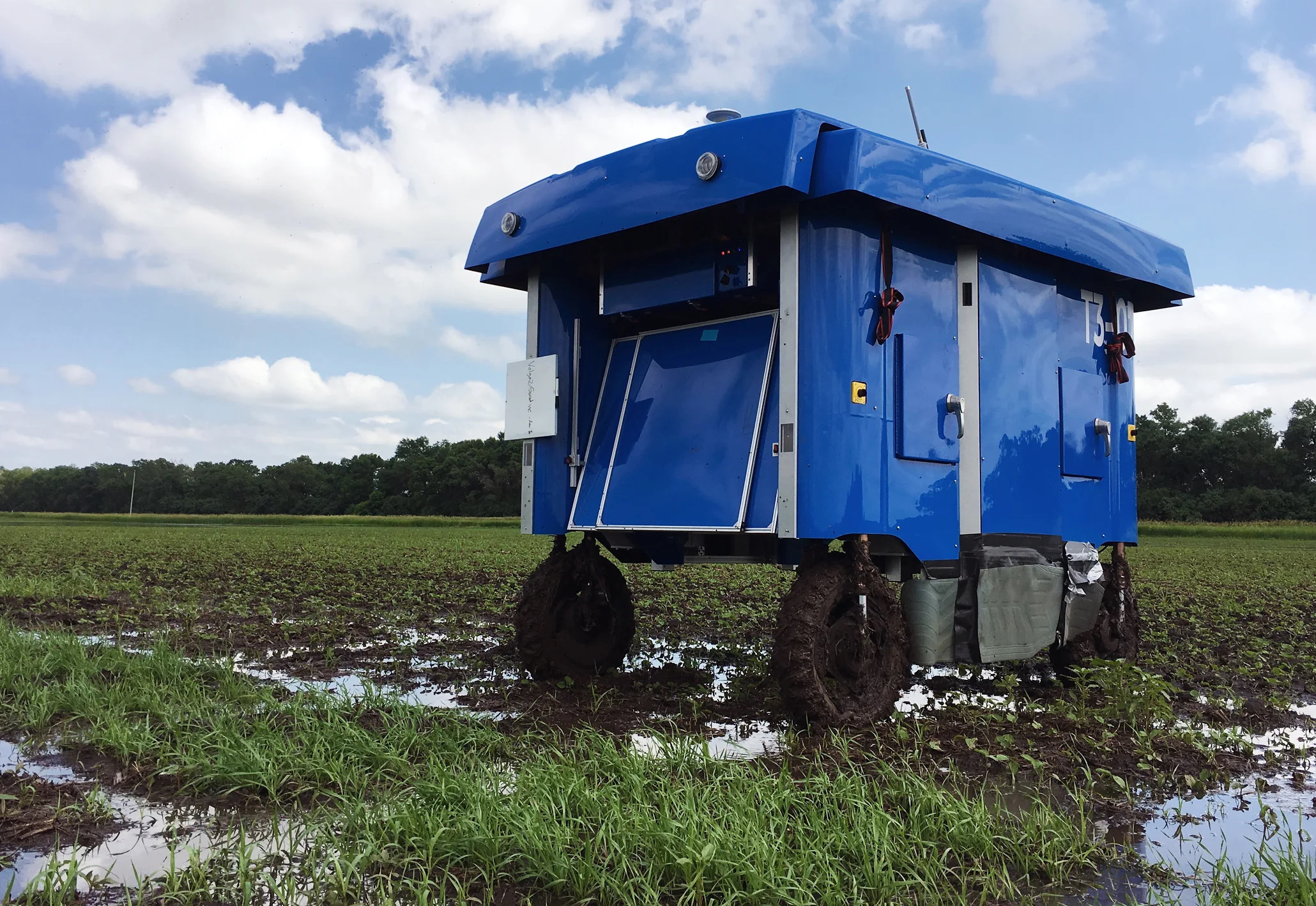Alphabet (you know… Google) has taken the wraps off the latest “moonshot” from its X labs: A robotic buggy that cruises over crops, inspecting each plant individually and, perhaps, generating the kind of “big data” that agriculture needs to keep up with the demands of a hungry world.
Mineral is the name of the project, and there’s no hidden meaning there. The team just thinks minerals are really important to agriculture.
Announced with little fanfare in a blog post and site, Mineral is still very much in the experimental phase. It was born when the team saw that efforts to digitize agriculture had not found as much success as expected at a time when sustainable food production is growing in importance every year.
“These new streams of data are either overwhelming or don’t measure up to the complexity of agriculture, so they defer back to things like tradition, instinct or habit,” writes Mineral head Elliott Grant. What’s needed is something both more comprehensive and more accessible.
Much as Google originally began with the idea of indexing the entire web and organizing that information, Grant and the team imagined what might be possible if every plant in a field were to be measured and adjusted for individually.
The way to do this, they decided, was the “Plant buggy,” a machine that can intelligently and indefatigably navigate fields and do those tedious and repetitive inspections without pause. With reliable data at a plant-to-plant scale, growers can initiate solutions at that scale as well — a dollop of fertilizer here, a spritz of a very specific insecticide there.
They’re not to first to think so. FarmWise raised quite a bit of money last year to expand from autonomous weed-pulling to a full-featured plant intelligence platform.
As with previous X projects at the outset, there’s a lot of talk about what could happen in the future, and how they got where they are, but rather little when it comes to “our robo-buggy lowered waste on a hundred acres of soy by 10 percent” and such like concrete information. No doubt we’ll hear more as the project digs in.
Read Full Article

No comments:
Post a Comment